15 Illegal Acts Backpackers Overlook in Protected Areas
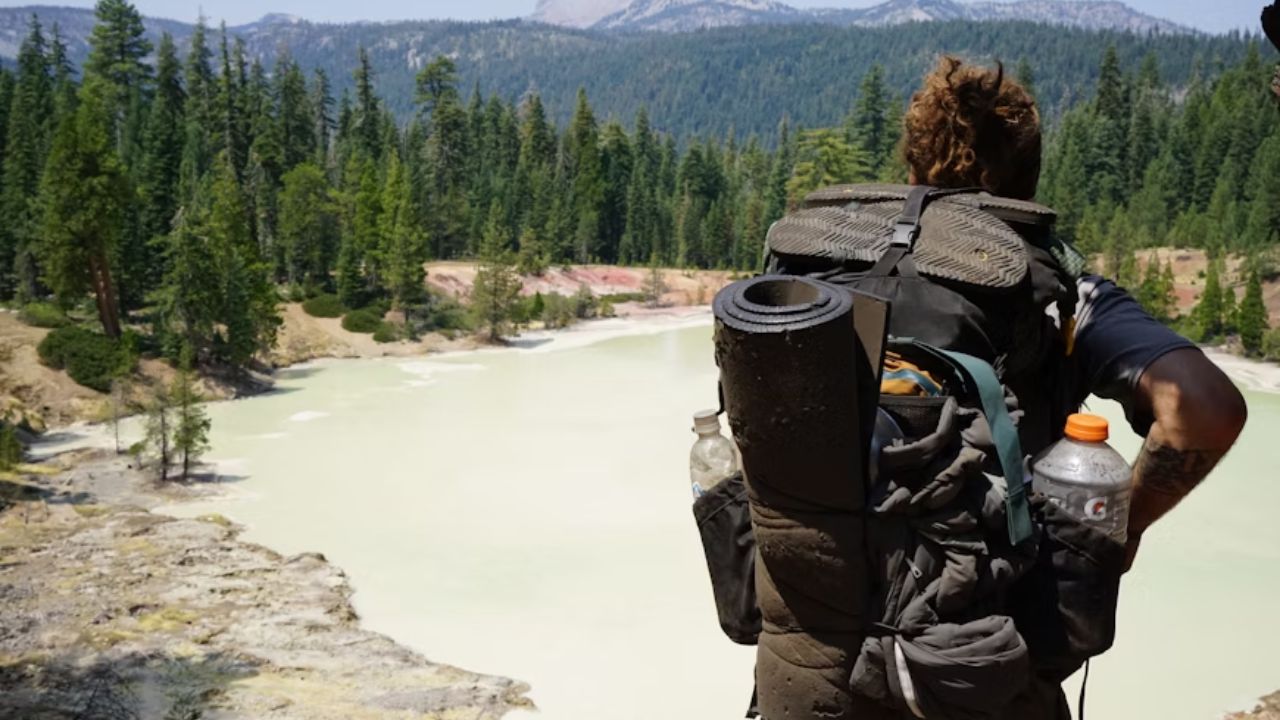
Backpacking through protected areas can feel like the ultimate escape, but it comes with strict responsibilities. Many travelers unintentionally violate local rules, damaging ecosystems or endangering wildlife. From picking wildflowers to pitching tents off-trail, small actions can have big consequences. These rules aren’t just red tape, they protect fragile environments, cultural sites, and endangered species. Here are 15 often-overlooked acts that are illegal in many parks and nature reserves around the world.
Removing Plants, Flowers, or Seeds
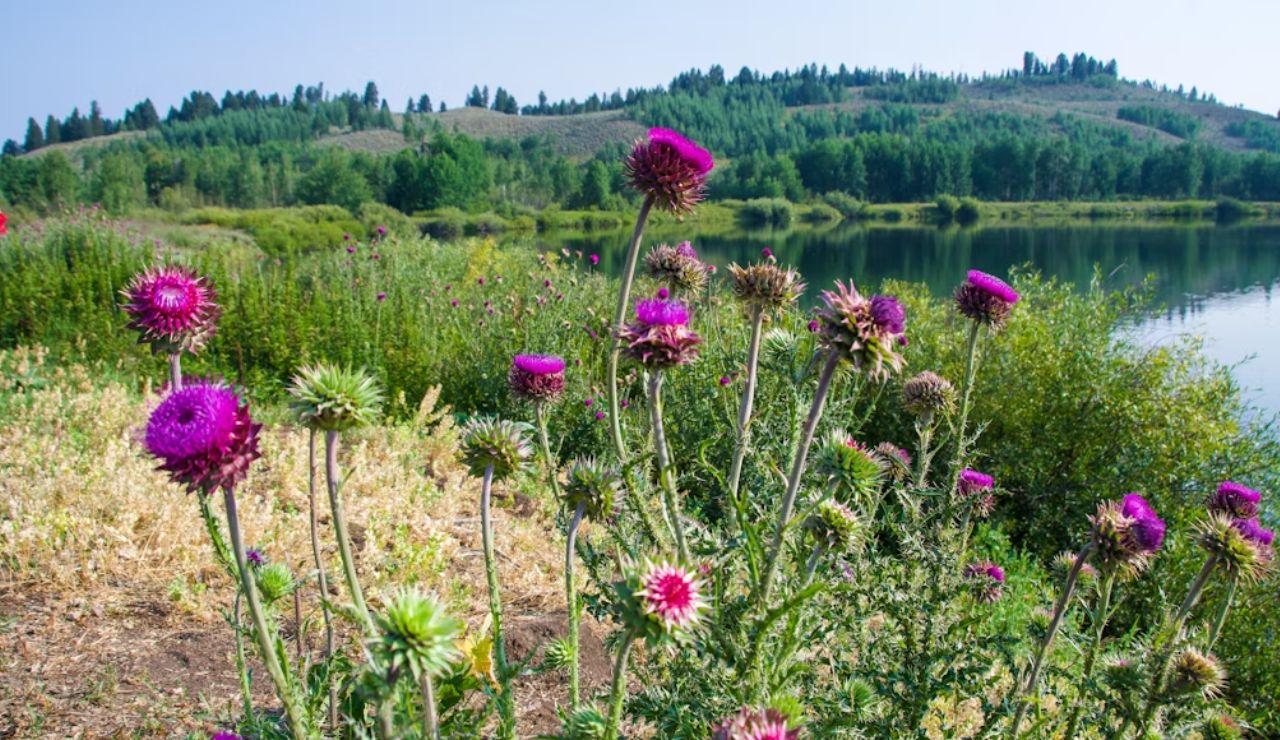
That wildflower photo might be harmless, but plucking it can be illegal. Protected parks often forbid picking flowers, leaves, seeds, or even moss. Removing native plants can disrupt pollination and threaten biodiversity. Rare or endangered species may be harmed before you even realize it. These natural areas exist to remain undisturbed, and laws are in place to ensure future visitors can enjoy their untouched beauty. Leave nature where it belongs, in the wild.
Feeding or Touching Wildlife
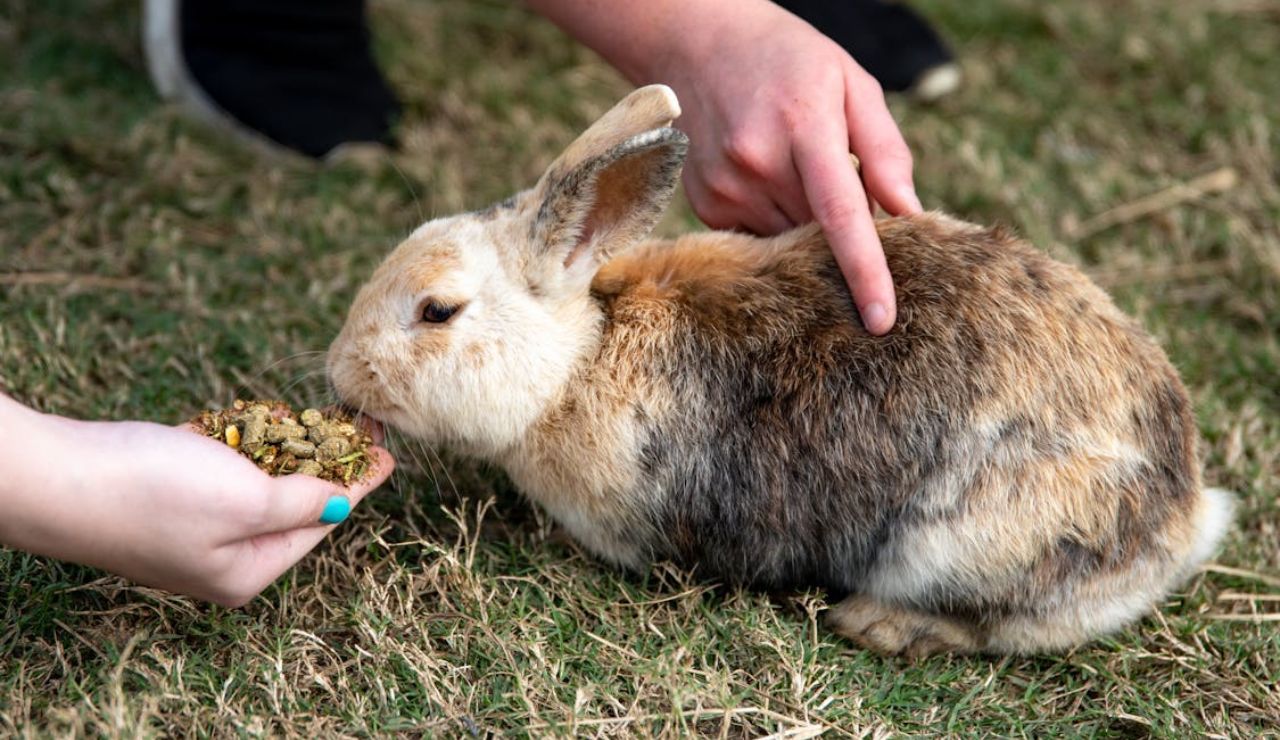
Offering food to a deer or monkey may seem cute, but it’s illegal in most protected zones. Feeding wildlife disrupts their natural behaviors, increases aggression, and can even lead to euthanization if animals become too reliant on people. Touching animals is also a health risk to both parties and can spread disease. Interfering with wildlife, even accidentally, can result in fines and consequences. For their safety and yours, admire from a respectful distance.
Off-Trail or Shortcut Hiking
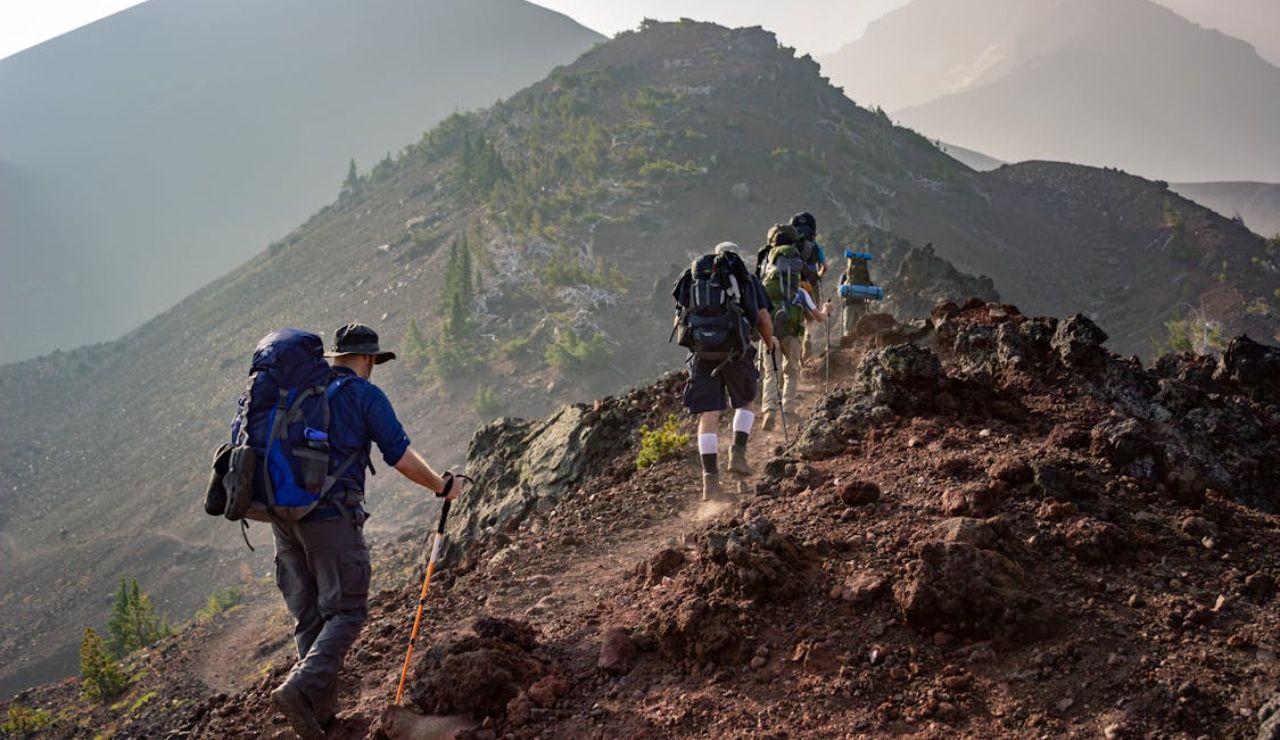
Wandering off designated trails may feel adventurous, but it causes serious damage. Soil erosion, crushed vegetation, and disturbed habitats follow every off-trail step. Even if you’re avoiding puddles or taking shortcuts, straying from paths is illegal in many parks. Trails are carefully planned to minimize environmental impact. Each footprint off-trail leaves a mark that others may follow, expanding the damage. Respect trail boundaries, they exist for good reason.
Camping Outside Designated Zones
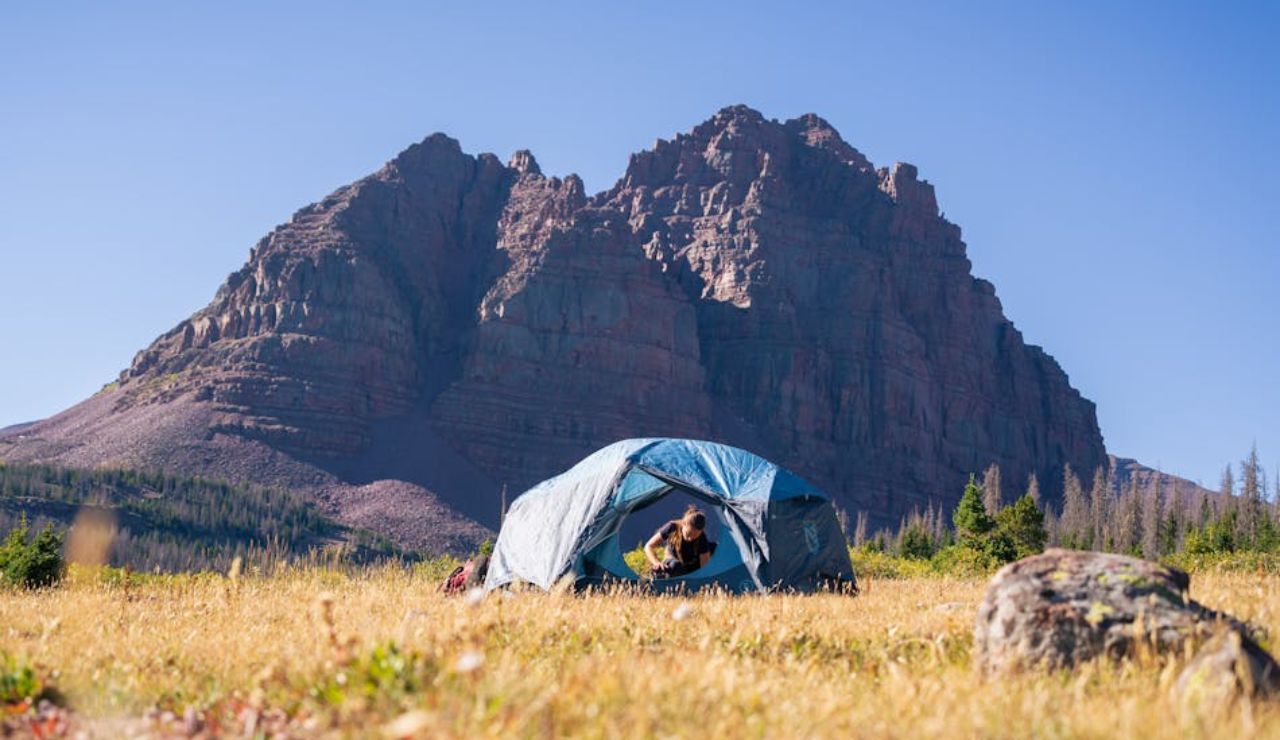
Pitching your tent in a scenic clearing might seem harmless, but unauthorized camping damages the land. Many parks only allow camping in specific zones to protect fragile soil and native vegetation. Campers who set up in unapproved spots risk fines, wildlife encounters, and harming sensitive ecosystems. Designated campsites exist for waste control, fire safety, and minimal impact. Follow the rules and camp where it’s allowed, it helps preserve the area for future visitors.
Building Fires Without Permits
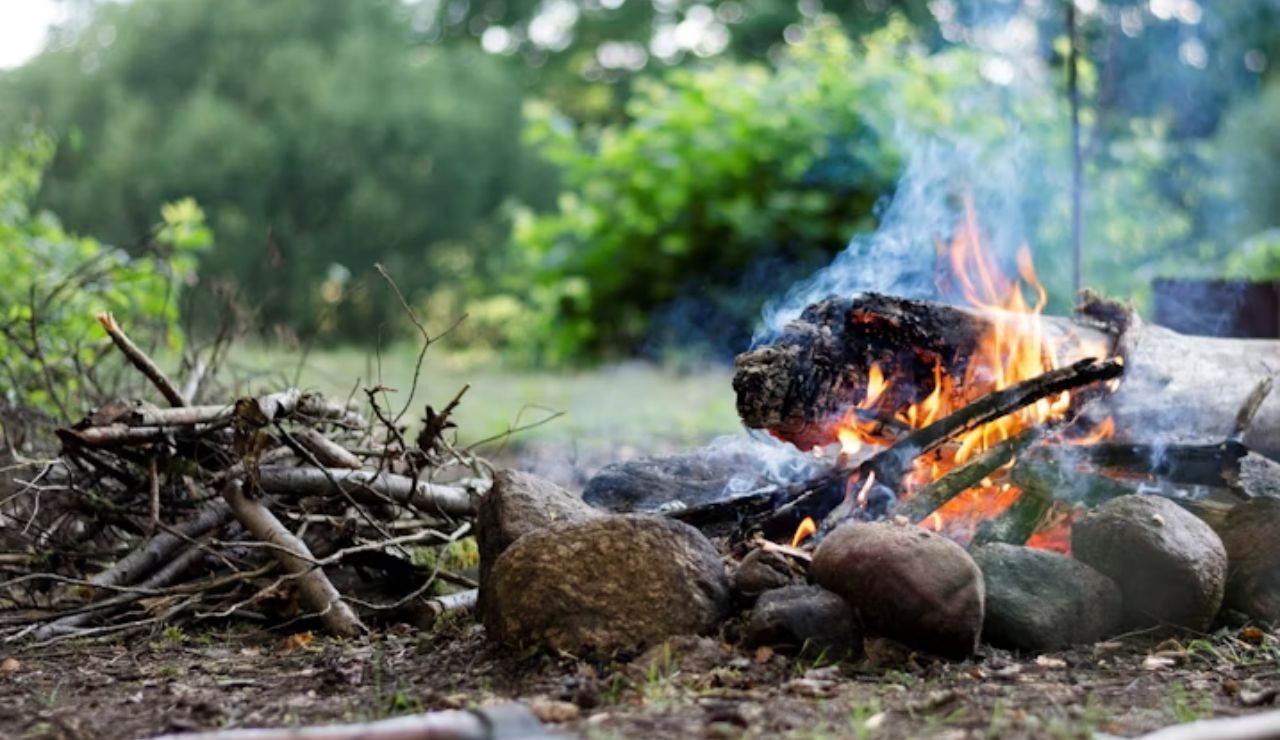
That cozy fire might come at a high cost. Fires are tightly regulated in protected areas due to wildfire risks, pollution, and ecological harm. Unauthorized fires can sterilize soil, damage tree roots, or trigger wildfires. In dry seasons, even a spark is dangerous. Many parks require permits or restrict fires to designated pits. Bringing your own wood can introduce pests too. Always check local regulations before lighting up, even for marshmallows.
Leaving Trash or Food Scraps

Tossing an apple core or banana peel may seem harmless, but it’s still littering, and illegal. Food waste can attract wildlife, disrupt diets, and introduce non-native seeds. Even biodegradable items take years to break down in certain climates. Protected parks enforce strict “Leave No Trace” rules to keep ecosystems balanced and clean. Always pack out everything, even crumbs or tiny wrappers. Leaving nature as you found it is a legal and moral responsibility.
Fishing Without Permits or in Restricted Areas
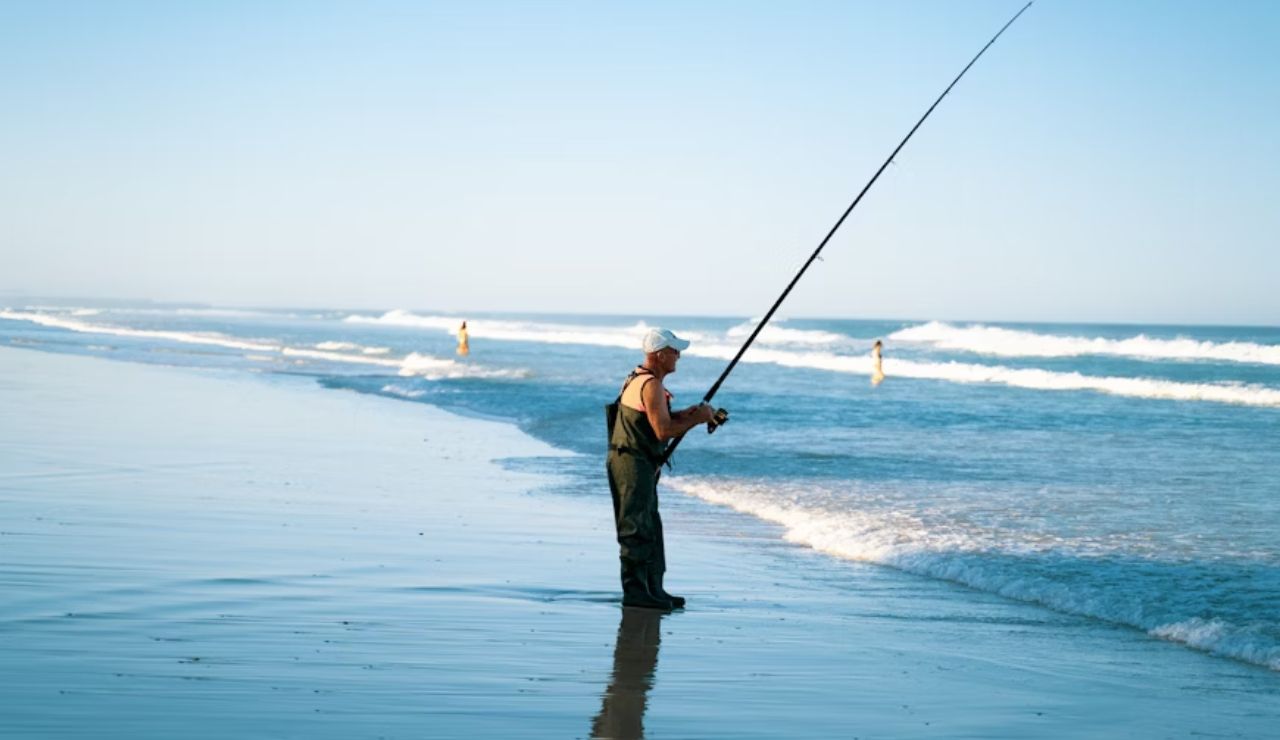
Casting a line into a peaceful stream? Better check the rules first. Fishing in protected areas is often limited to preserve aquatic life and maintain ecological balance. You’ll likely need a permit, and some species or zones are completely off-limits. Illegal fishing can endanger rare fish populations and harm fragile watersheds. Fines can be steep, and ignorance won’t help your case. If you plan to fish, know the local laws, and follow them.
Collecting Rocks, Bones, or Artifacts
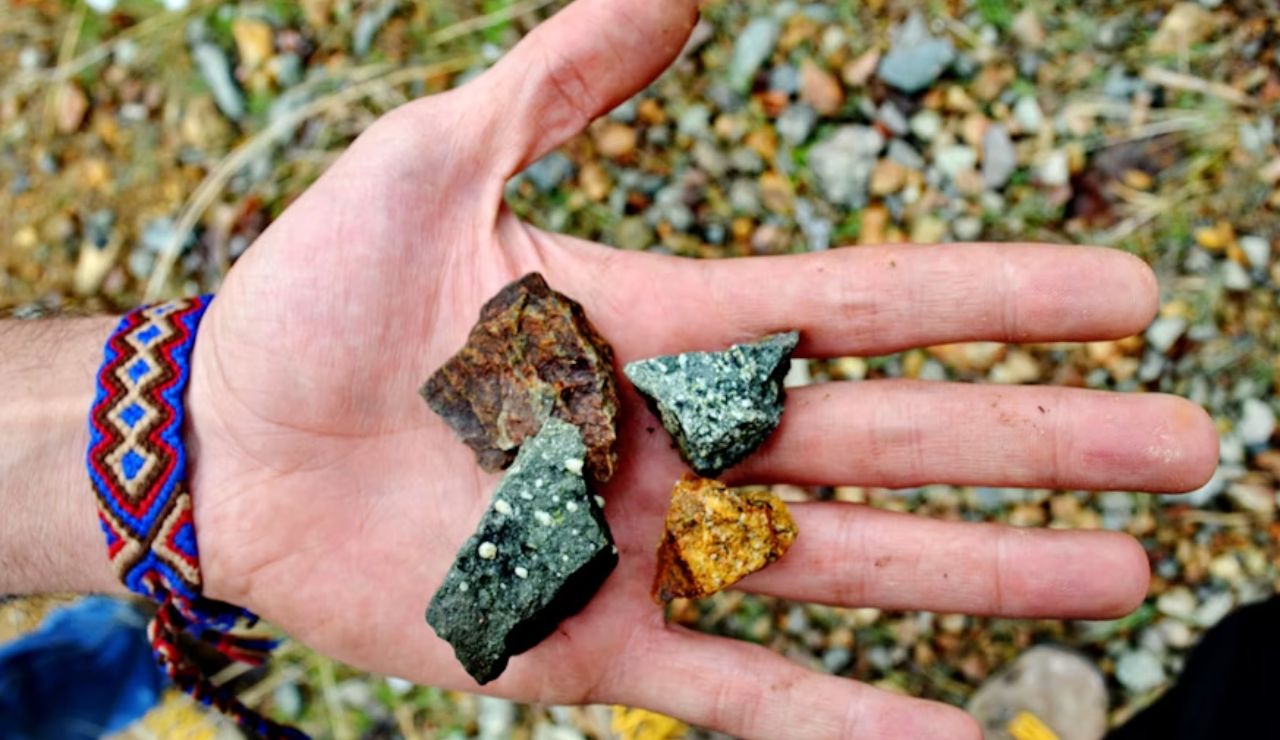
That beautiful shell, feather, or arrowhead might be a tempting souvenir, but taking it is often illegal. Protected areas preserve natural and cultural history. Removing objects, even small ones, disturbs ecosystems and robs future visitors of the full experience. In archaeological zones, taking artifacts is a federal offense. If every hiker took a “harmless” keepsake, there’d be nothing left. Snap a picture and leave the rest behind, it’s the law.
Using Drones or Flying in No-Fly Zones

A drone may capture amazing views, but they’re banned in many parks for good reason. The sound and sight of drones can disturb nesting birds, spook wildlife, and ruin solitude for others. They also pose risks to search-and-rescue helicopters. In most national parks and UNESCO sites, flying drones without a permit is a serious violation. Enforcement is increasing, with confiscations and fines common. Enjoy the scenery with your eyes, not from a buzzing sky cam.
Ignoring Seasonal Closures in Sensitive Zones
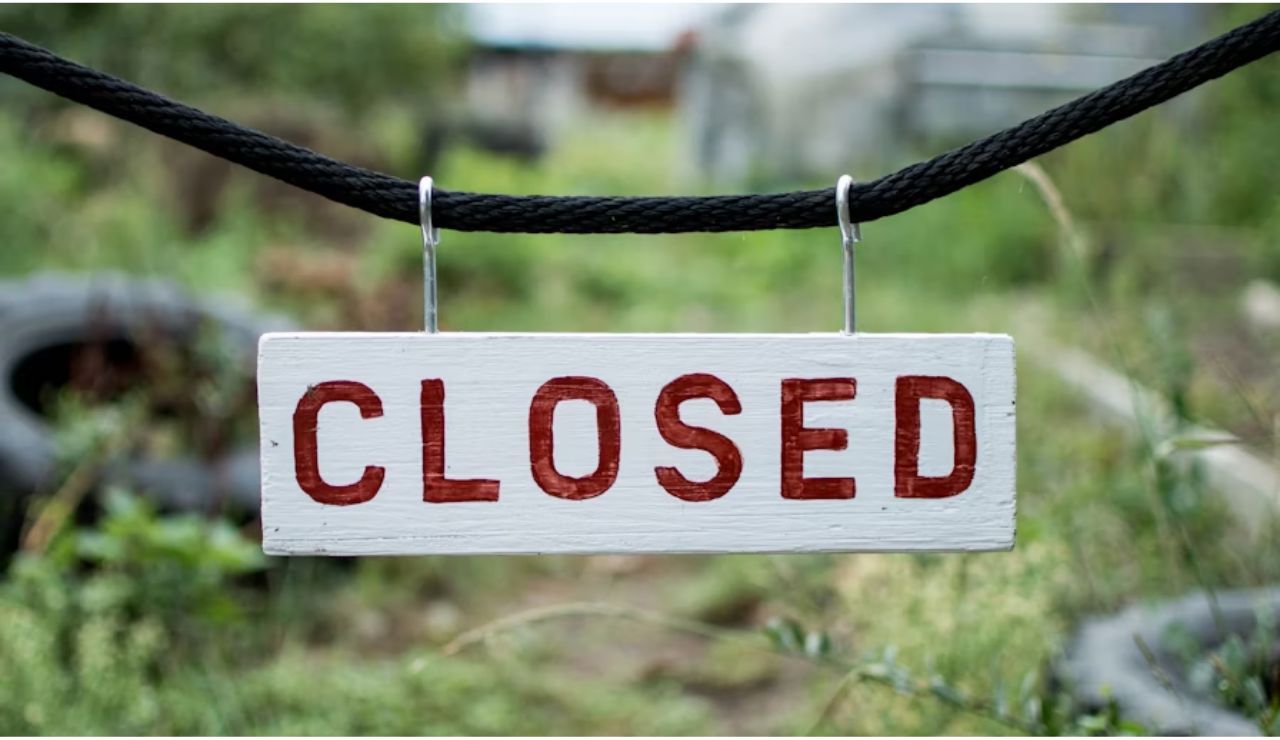
Some trails close during breeding seasons, winter thaws, or restoration efforts. Ignoring these closures is illegal and highly disruptive. Animals may abandon nests, plants may be crushed, and trails can become permanently damaged. Signs and maps clearly mark these closures, yet some backpackers still push past barriers. In doing so, they risk fines and irreversible harm. Respect seasonal closures, they protect fragile areas during their most vulnerable times.
Boating in Unapproved Waterways
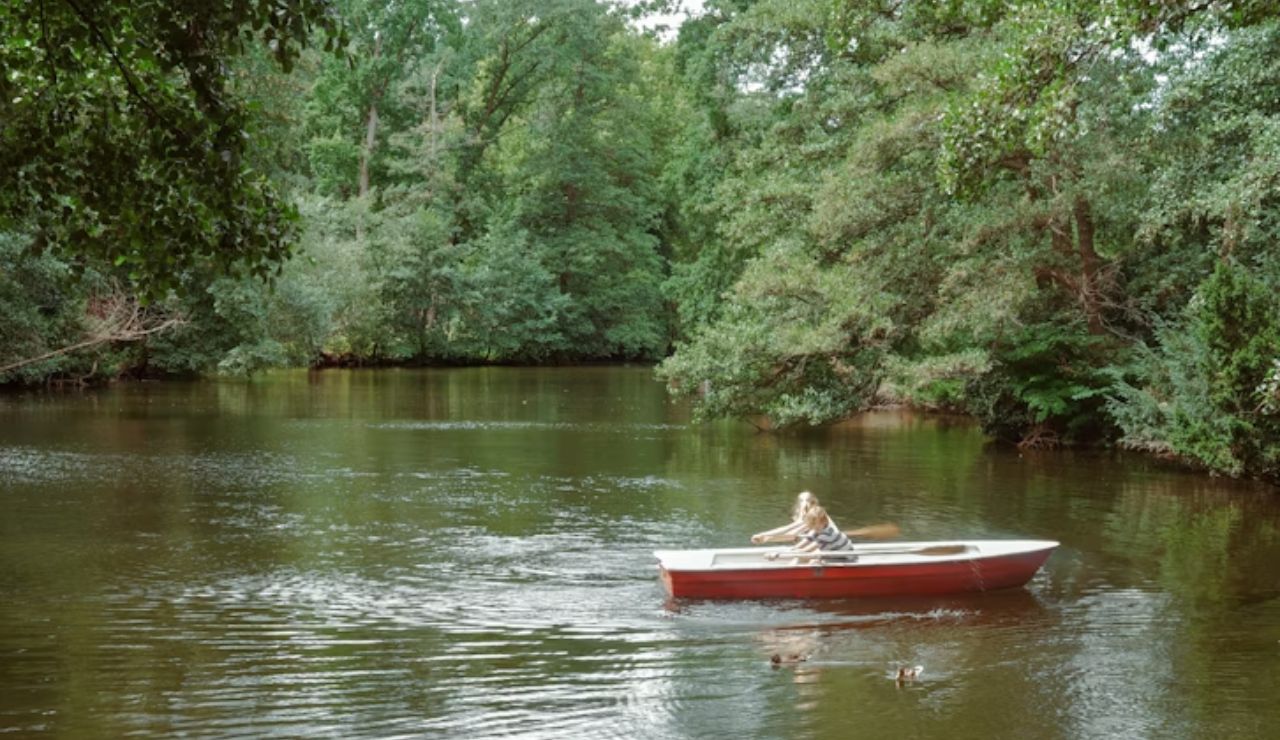
Lakes and rivers in protected parks may look open for exploration, but many are off-limits. Boating can disturb nesting birds, introduce invasive species, and cause erosion. In some regions, even paddleboards or rafts are banned to protect fragile ecosystems or cultural sites. Always check maps, signage, and local guidelines before launching into any body of water. Illegal boating isn’t just disruptive, it can damage pristine environments beyond repair.
Bringing Unapproved Pets or Animals
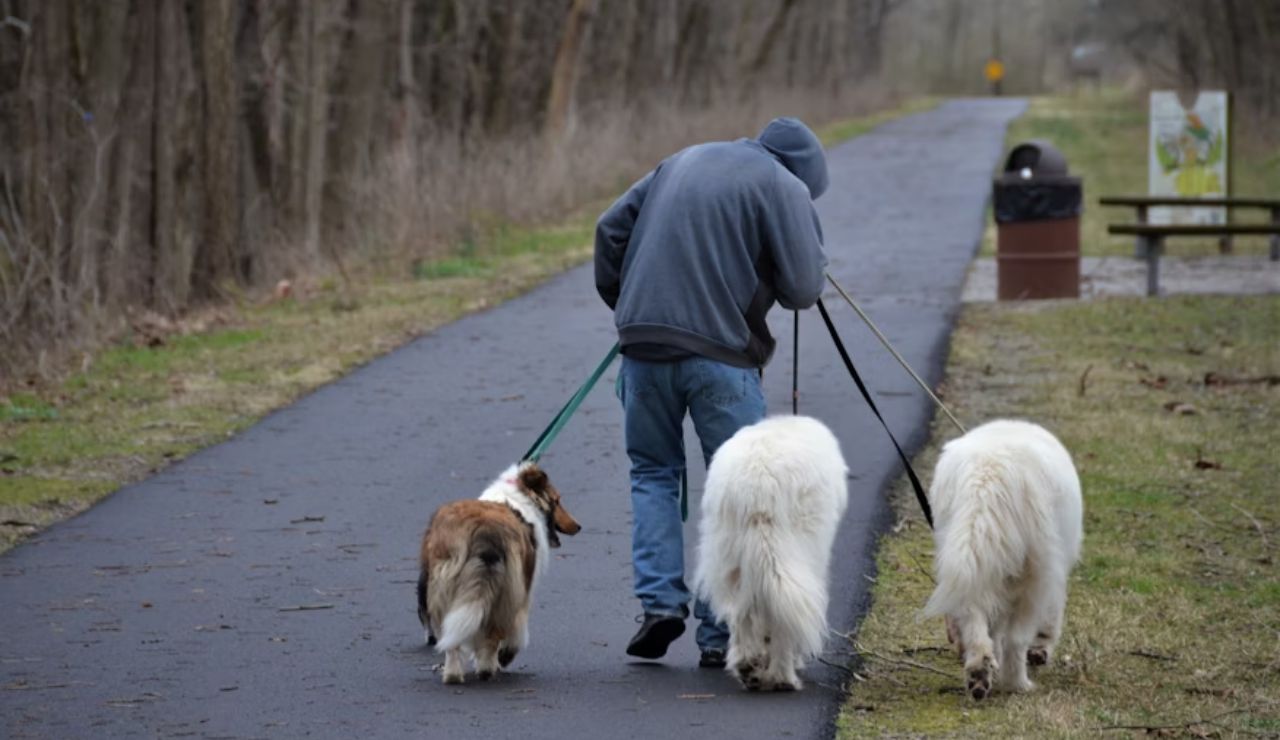
Not all parks welcome your furry companion. Many protected areas have pet bans to protect wildlife and reduce human-wildlife conflicts. Even leashed pets can scare off nesting birds, spread disease, or damage vegetation. Some areas allow pets only in parking lots or paved trails. Breaking pet rules may lead to fines or being asked to leave. Always research pet policies ahead of time, your dog’s presence could be more harmful than helpful.
Introducing Firewood or Plants
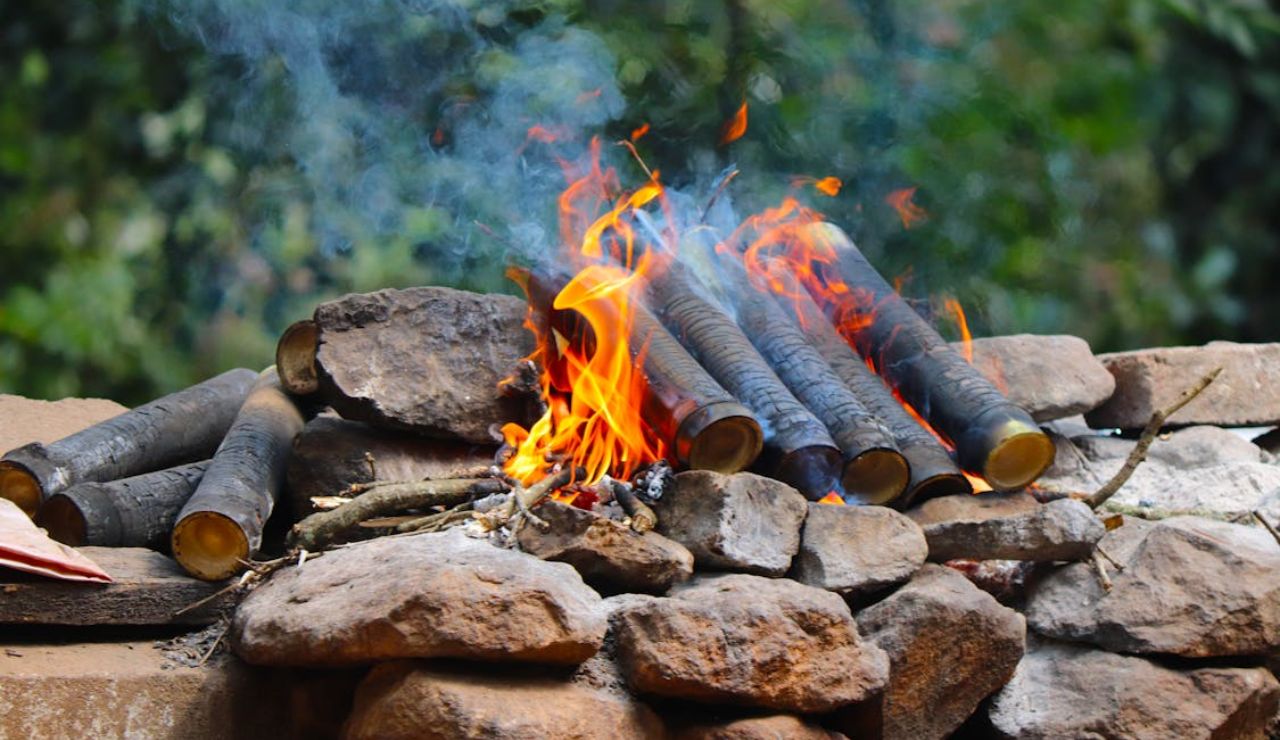
Bringing your own firewood or garden clippings to a campsite? That’s often illegal. Invasive insects, fungi, and plants hitch rides on firewood and quickly spread through vulnerable forests. Once introduced, they’re almost impossible to remove. Most parks now require firewood to be purchased locally or prohibit it entirely. Don’t bring plants, flowers, or organic material across ecosystems. Follow the rules to prevent spreading pests, and protect the beauty you came to enjoy.
Operating Motorized Vehicles Off-Road

Driving off designated roads or trails may seem like harmless fun, but it’s illegal in almost every protected area. Off-road vehicles damage vegetation, compact soil, and create erosion paths that last for years. Sensitive wildlife may flee or be injured. Whether it’s an ATV, dirt bike, or 4×4, unauthorized off-roading breaks preservation laws and can result in citations. Stay on marked routes, it’s the only legal and sustainable way to explore.
Using Detergents or Soap in Water Sources
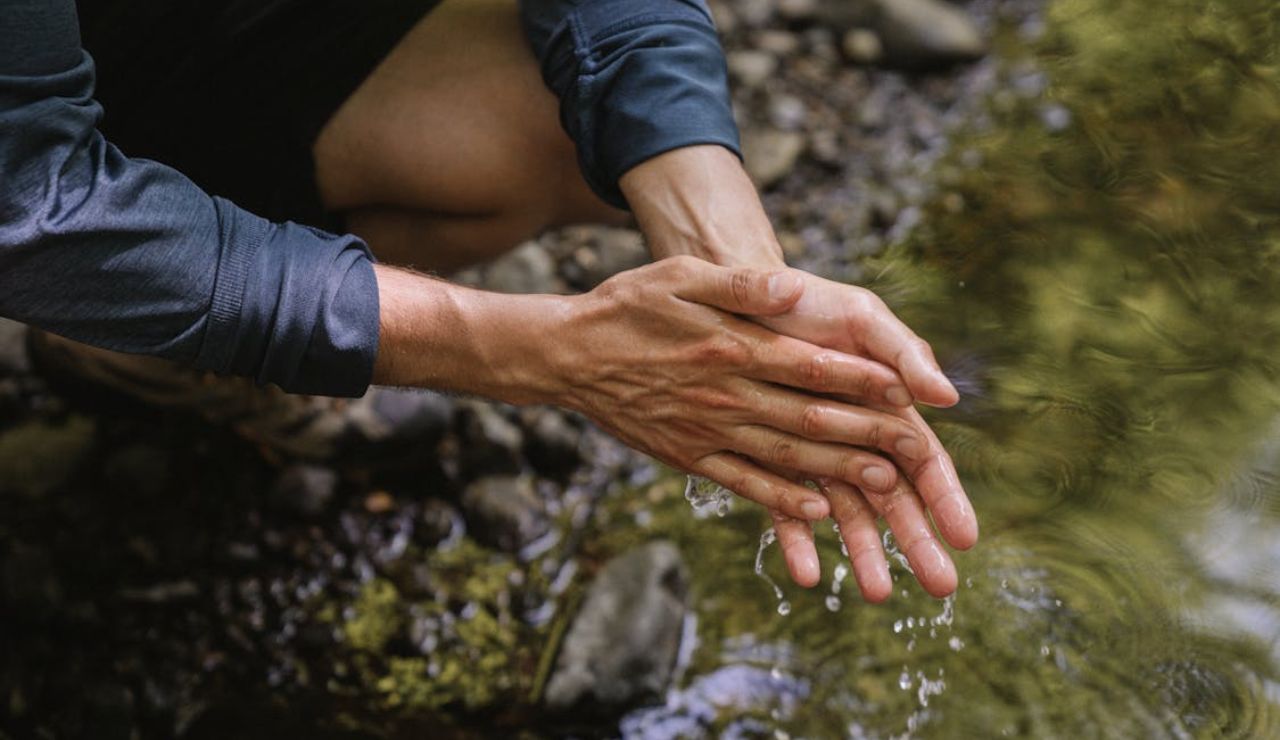
Washing up in a pristine mountain stream might seem refreshing, but it’s also illegal. Even “biodegradable” soap disrupts aquatic ecosystems and harms fish and insects. Most parks require campers to wash at least 200 feet from any water source. Soap residues can linger and accumulate in slow-moving streams. Always carry wastewater away, and use minimal or no soap when possible. Keeping water sources clean is vital, for wildlife, the environment, and fellow adventurers.